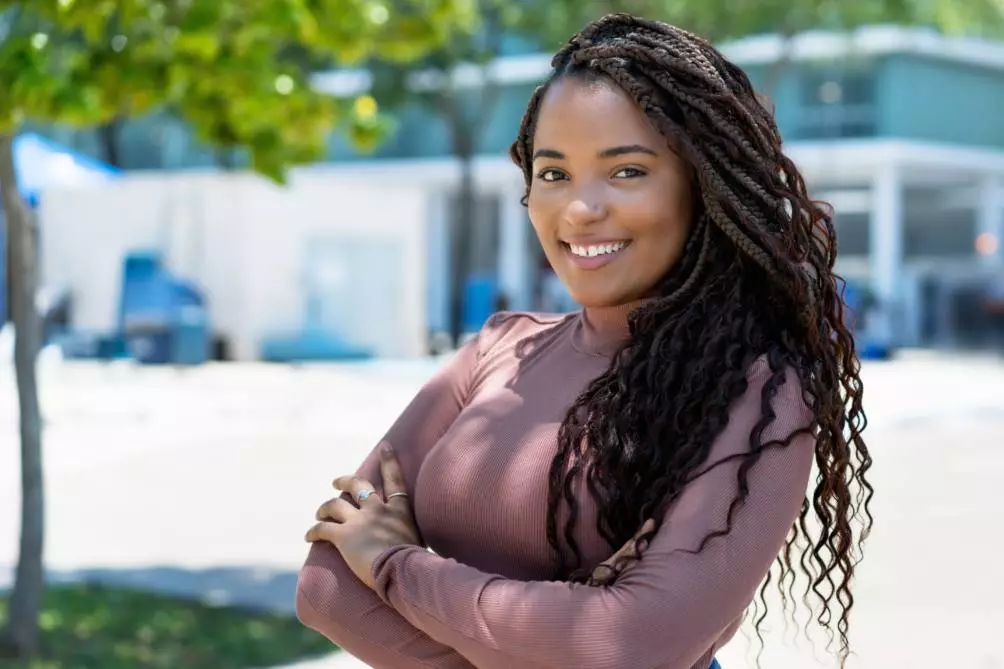News & Insights
Industry Insights and Campus News from Merrimack College
Explore Merrimack's admission process and uncover the advantages of earning an online degree, including career growth and the flexibility of online study.
Explore strategies for balancing a full-time job with an online degree at Merrimack. Discover time management tips and resources to achieve academic success.
Are you ready to complete your bachelor’s degree or looking to earn your master’s or graduate certificate? Merrimack College offers flexible online degree and certificate programs targeted to working professionals looking to return to school and bolster their professional credentials. At Merrimack, you can earn an online advanced degree in education, business, science and engineering […]
Every year, more people conclude that a bachelor’s degree is essential to compete in today’s job market. Need proof? When the U.S. Census Bureau started collecting education data in 1940, 4.6 percent of adults 25 years or older had earned a bachelor’s degree or higher. That number reached 30 percent in 2012; by 2022, it […]
At Merrimack College, you can pursue many undergraduate or graduate degrees online with coursework that allows you to study at your own pace. Merrimack’s online degree programs align with industry trends, emphasizing the skills employers seek in teaching, business, science, engineering and counseling. Merrimack offers online master’s degrees, a bachelor’s completion program and various certificates. […]
Whether you’re applying to an undergraduate or graduate program, the process can pose challenges. You may be uncertain about whether you meet a program’s qualifications or how to frame your past experiences to optimize your chances for admission. A reliable source of information would be helpful, especially one you could speak to one-on-one. Fortunately, help […]
Obtaining a graduate degree in Public Administration and Affairs can open up a world of opportunities for individuals seeking a fulfilling career in government service. These degrees provide a strong foundation in policy analysis, governance, and public management, equipping graduates with the necessary skills and knowledge to excel in a variety of government job roles. […]
When it comes to pursuing a graduate degree in the field of public service, two popular options that often cause confusion are a Master’s in Public Affairs (MPA) and a Master’s in Public Administration (MPAdmin). While these programs share some similarities, they also have key differences in terms of focus, curriculum, and career outcomes. In […]
Public administration and affairs professionals focus on improving the lives of others by developing and implementing programs that benefit their communities. It’s a critical job in a society that attracts people motivated to help ensure the public is well-served by its agencies. The online master’s degree in Public Administration and Affairs at Merrimack College is designed to […]
Merrimack offers three pathways for students interested in a career in product management. Learn which option is right for your professional and personal goals. Product Management is an in-demand field where every aspect of a product’s life cycle is conducted. Merrimack College offers three different pathways for students looking to enter or advance into the […]









